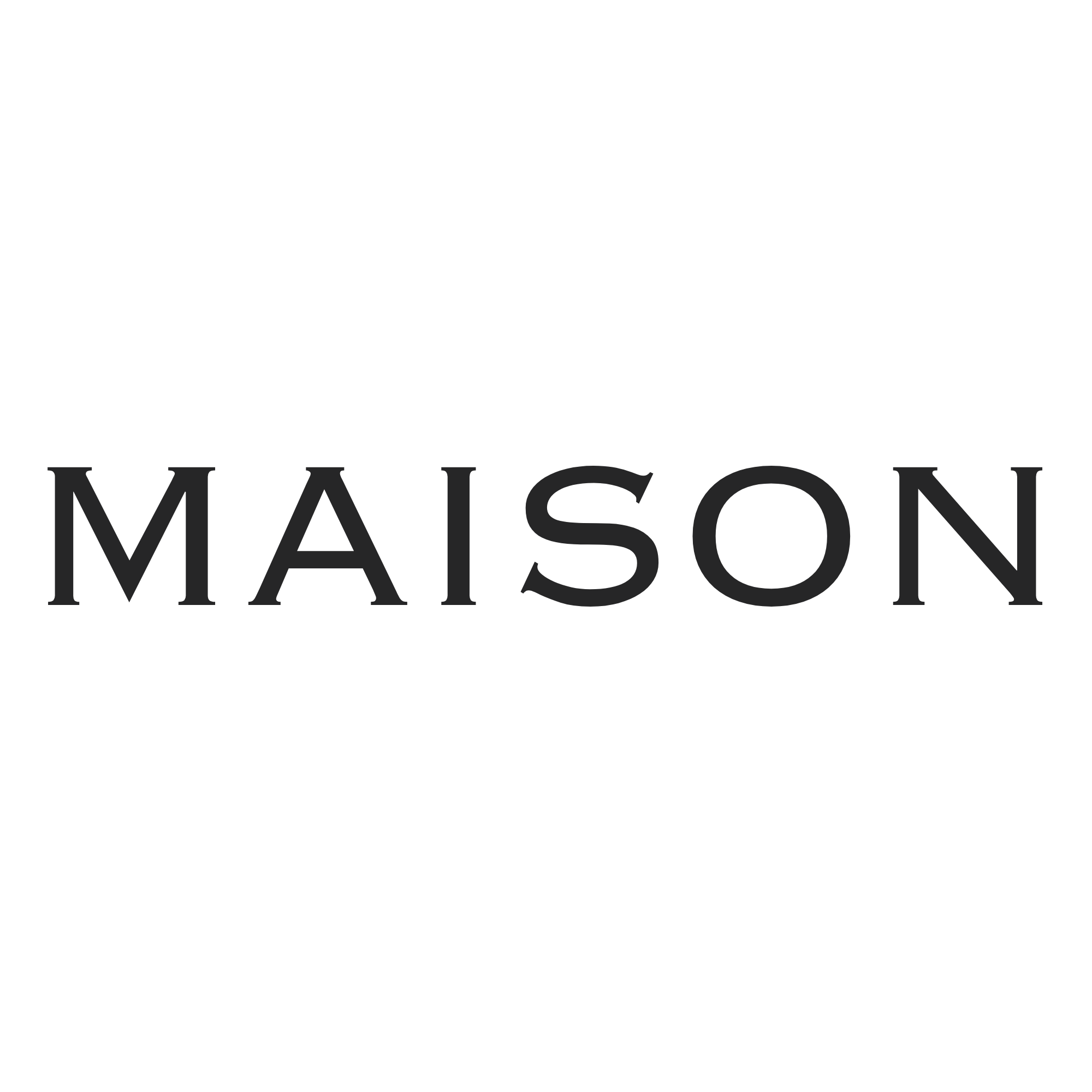Patterns That Heal: Nature’s Blueprint in Modern Wellbeing
Patterns are not mere decorations—they are the silent architects of human wellbeing, woven deeply into how we perceive, respond, and recover. From the fractal branching of trees to the rhythmic ebb and flow of tides, nature’s recurring forms guide our biology, psychology, and even technology. Recognizing these patterns reveals a universal language of healing, one that modern science is only beginning to decode.
Resilience Code: Nature’s Recurring Structures in Healing Environments
- Fractal geometries—seen in leaf veins, river deltas, and forest canopies—mirror the self-similar patterns found in human physiology, from lung airways to neural networks. These structures optimize efficiency and adaptability, supporting stress reduction by engaging the brain’s innate preference for natural complexity.
- Cyclical rhythms, such as daily light cycles and seasonal changes, synchronize human circadian systems, regulating sleep, mood, and hormonal balance. Environments designed with these natural cycles—through light therapy or architectural orientation—have been shown to lower cortisol levels and improve emotional stability.
- When therapeutic spaces incorporate these patterns—through fractal-inspired layouts, biophilic materials, or ambient rhythms—patients report faster recovery and deeper relaxation. This is not coincidence; it is the brain recognizing familiar, life-sustaining structures.
From Myth to Mind: Patterns as Cognitive Anchors in Modern Stress
- Archetypal natural motifs—rivers, mountains, forests—act as unconscious safety signals rooted in ancestral memory. These symbols, present across cultures, trigger subconscious calm by evoking ancestral landscapes where survival and flourishing were possible.
- Neurologically, exposure to such patterns activates the parasympathetic nervous system’s “rest and digest” response, dampening amygdala reactivity. This mirrors how ancient humans, facing predators or storms, sought refuge in nature’s stable forms.
- Urban planners and digital designers increasingly apply myth-infused symbolism—like the labyrinth or sacred spiral—to public spaces and apps. These design choices foster psychological restoration by embedding familiar, restorative cues into daily life.
Healing Algorithms: Translating Natural Patterns into Behavioral Feedback Loops
- Biofeedback systems now model natural rhythms—breathing patterns synchronized with tidal flows, or sleep cycles aligned with circadian light cues—to guide users toward self-regulation. These algorithms create personalized feedback loops, reinforcing calm states through familiar, organic pacing.
- Wearable devices and mindfulness apps mirror ecological patterns by adjusting notifications, breathing exercises, or guided meditations in rhythm with natural cycles. This alignment enhances habit formation and emotional resilience by reducing cognitive dissonance.
- Studies show that digital platforms using nature-based behavioral feedback—such as forest-inspired progress visualizations—improve user engagement and reduce relapse in mood disorders. The pattern becomes a stable anchor in chaotic modern life.
Bridging Past and Present: The Evolution of Nature Patterns in Wellbeing Practices
- Ancient symbols—mandala circles, labyrinths, and sacred geometries—have long structured ritual and healing spaces. Today, neuroscience confirms their power: these forms activate default mode networks linked to introspection and emotional integration.
- The synergy between traditional ecological knowledge and modern neuroscience reveals a continuous thread—where ancient wisdom about pattern recognition now informs clinical interventions and digital therapeutics.
- This living evolution affirms that healing patterns are not relics, but dynamic blueprints sustaining human resilience. Their presence in both ancient temples and modern apps underscores a timeless truth: we heal by remembering nature’s language.
Table: Natural Patterns and Their Psychological Effects
| Pattern Type | Natural Source | Psychological Effect |
|---|---|---|
| Fractal Branching | Trees, coastlines | Reduces anxiety, enhances focus |
| Cyclical Rhythms | Day-night cycles, seasons | Stabilizes mood, improves sleep |
| Sacred Circles | Mandalas, round stones | Promotes safety, emotional balance |
| Tidal Flow | Oceans, rivers | Encourages relaxation, rhythmic breathing |
“Nature does not hurry, yet everything is accomplished.” — adapted from Lao Tzu, echoing the quiet wisdom of patterns that heal.
Integrating ancestral pattern recognition into digital wellness platforms transforms passive use into active restoration—turning screens into sanctuaries guided by timeless order.
Recognizing patterns as healing structures is not just an academic insight—it is a practical pathway to sustained wellbeing. By aligning our environments, technologies, and routines with nature’s blueprint, we cultivate resilience, calm, and deeper connection to ourselves and the world.
Explore deeper in the parent article: Unlocking Patterns: How Nature and Myth Shape Modern Rewards
| Parent Article | Link | Purpose |
|---|---|---|
| Unlocking Patterns: How Nature and Myth Shape Modern Rewards | Foundational insight into nature’s role in healing and meaning |






Leave a Reply